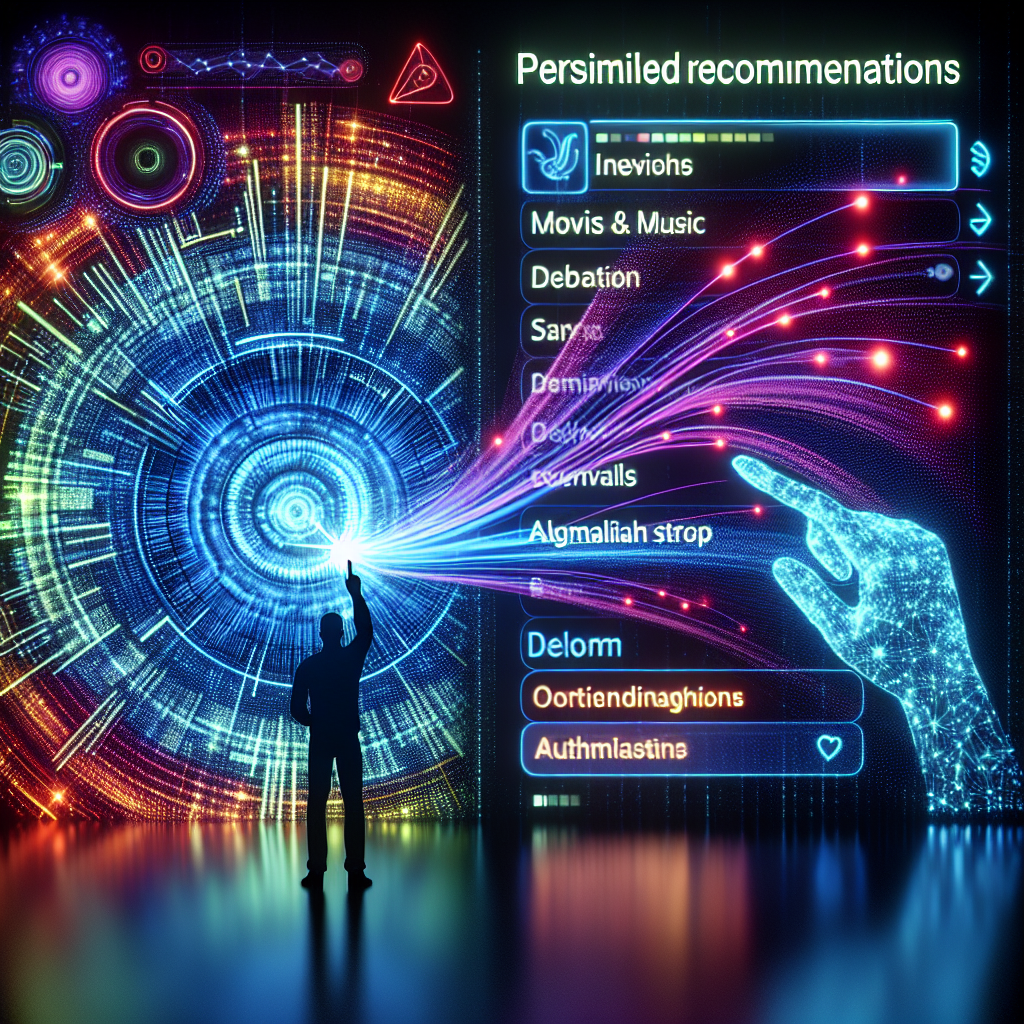Introduction to Streaming Algorithms
In today’s digital age, streaming services like Netflix, Hulu, and Amazon Prime have become central to our entertainment lives. These platforms rely on sophisticated streaming algorithms to tailor content recommendations and enhance user experience. But what exactly do these algorithms know about us, and how do they use this information?
Understanding Data Collection by Streaming Services
Streaming services collect a vast array of data to feed their algorithms. This includes obvious information such as your viewing history and how you rate shows or movies. However, it also encompasses more nuanced data like the time of day you watch, the devices you use, and even how often you pause or skip content. This comprehensive data collection helps streaming platforms build detailed profiles to predict what you might enjoy watching next.
How Algorithms Predict Your Preferences
The core function of streaming algorithms is to predict user preferences, which involves a complex process of pattern recognition and predictive analytics. By analyzing your interaction with their content, algorithms identify trends and preferences specific to you. For instance, if you frequently watch thrillers late at night, the service might suggest a newly released thriller around your usual viewing time.
Machine Learning in Action
At the heart of these predictive capabilities is machine learning. These algorithms adjust their recommendations based on real-time feedback from all users, continually refining the accuracy of their predictions. The more you interact with the platform, the better it understands your tastes.
Personalization vs. Privacy Concerns
While the personalization of content can enhance viewing experiences, it also raises significant privacy concerns. The detailed viewer profiles generated by streaming algorithms can sometimes feel invasive, especially when data collection extends beyond what is necessary for recommendations.
The Trade-Off
Users often face a trade-off between personalized content and data privacy. While many enjoy the convenience of personalized recommendations, others might be wary of how their data is being used and who else might have access to it. Transparency from streaming services about data use is crucial in maintaining user trust.
Future Trends in Streaming Technology
As technology evolves, so too do streaming algorithms. Future advancements may include even more personalized content, perhaps altering storylines based on viewer reactions or creating dynamic ending scenarios. However, as algorithms become more integrated into our viewing habits, the industry must also address the increasing concerns over data privacy and ethical implications.
Emerging Technologies
Technologies like AI and VR are set to offer more immersive and interactive streaming experiences. This could redefine the very nature of “watching” a show, providing more pathways for personalization through streaming algorithms.
Conclusion: The Balance of Power
The power of streaming algorithms in shaping our entertainment cannot be understated. As we continue to navigate the benefits and challenges they present, being informed and cautious about our data remains crucial. The future of streaming is not just about what we watch, but also about who watches us.
As streaming services evolve, so too will the sophistication of their algorithms. It’s an exciting, if somewhat daunting, frontier in the intersection of technology, entertainment, and privacy.


